smallsat
Latest

Defense Department seeks nuclear propulsion for small spacecraft
The US Defense Department is asking companies to provide nuclear propulsion for small spacecraft venturing beyond Earth's orbit.

SpaceX is buying an Internet of Things smallsat company
SpaceX has bought Swarm Technologies, a company focused on small satellites that power internet-of-things services.
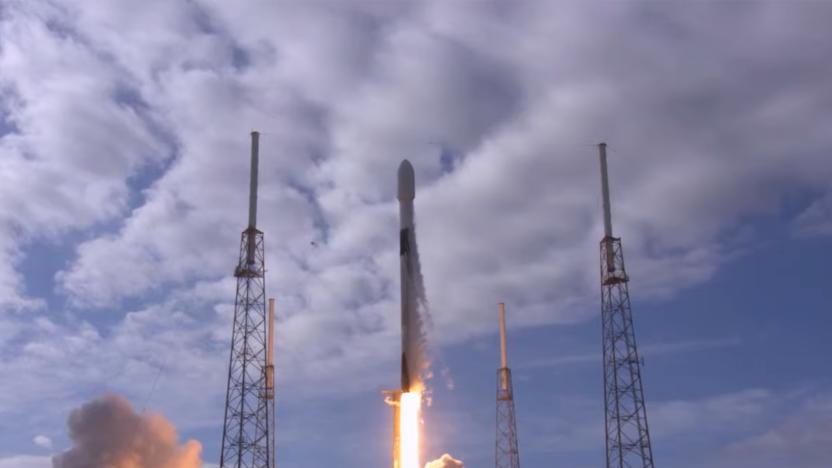
SpaceX launches a record 143 satellites into orbit
SpaceX has successfully launched a record 143 satellites into orbit in its first SmallSat Rideshare Program mission.
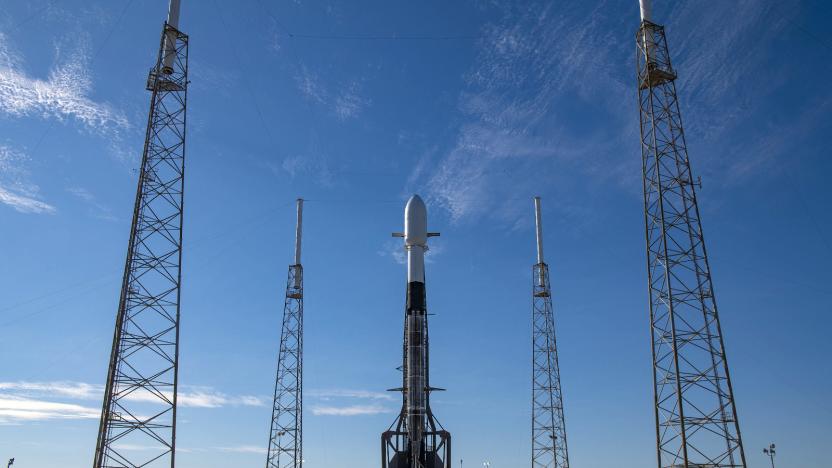
SpaceX's first 'rideshare' mission will launch a record number of satellites (updated)
The SpaceX Transporter-1 mission set to launch today will put 133 commercial and government spacecraft, as well as 10 more Starlink satellites, in orbit. SpaceX says that’s “the most spacecraft ever deployed on a single mission” — the previous record holder, an Indian Polar Satellite Launch Vehicle, ferried only 104 satellites to space. In addition to having a record-breaking payload, Transporter-1 is also the first dedicated launch under the SmallSat Rideshare Program SpaceX announced back in 2019.
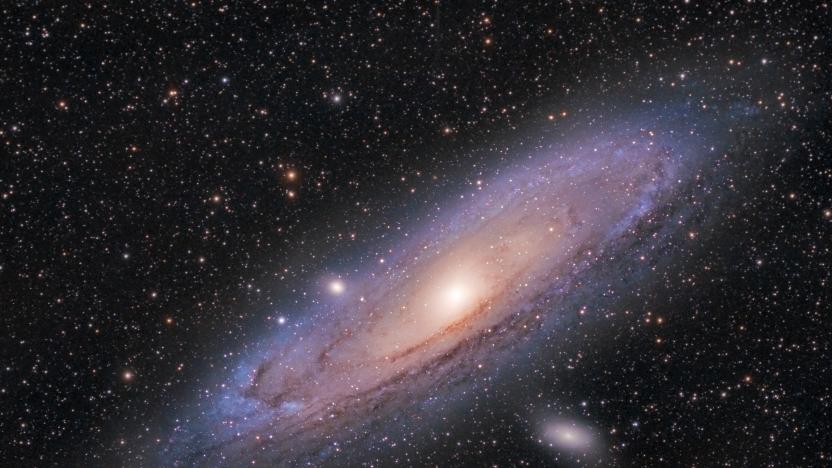
NASA smallsat concepts will study galaxy evolution and exoplanets
NASA has picked four missions for smallsats and a balloon that will study galaxy evolution, exoplanets, neutron stars and neutrinos.

Virgin Orbit plans to send cubesats to Mars as early as 2022
Virgin Orbit plans to be the first private company to send cubesats to Mars. Today, it announced a partnership with the Polish satellite company SatRevolution and a dozen Polish universities to design a series of small-satellite missions to the Red Planet. The first cubesat could launch as early as 2022.
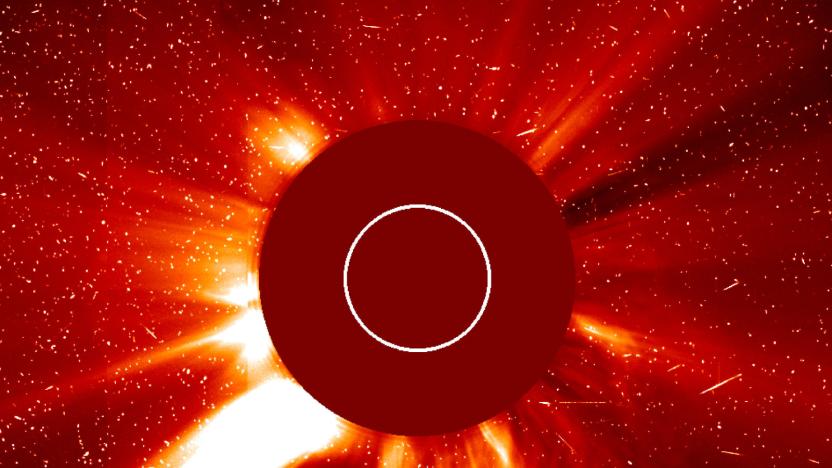
NASA selects proposals for smallsats built to study deep space
NASA is expanding plans to use small satellites (aka smallsats) to explore the Solar System. The agency has picked two proposals for smallsat technology that would improve observations in deep space, where they could help improve models that predict space weather. One, Science-Enabling Technologies for Heliophysics (SETH), would demo both optical communications as well as a detector that can spot fast-moving chargeless atoms emanating from the Sun. Solar Cruiser, meanwhile, would include both a giant 18,000 square foot solar sail as well as a coronagraph that could study both the Sun's magnetic field as well as the velocity of coronal mass ejections.
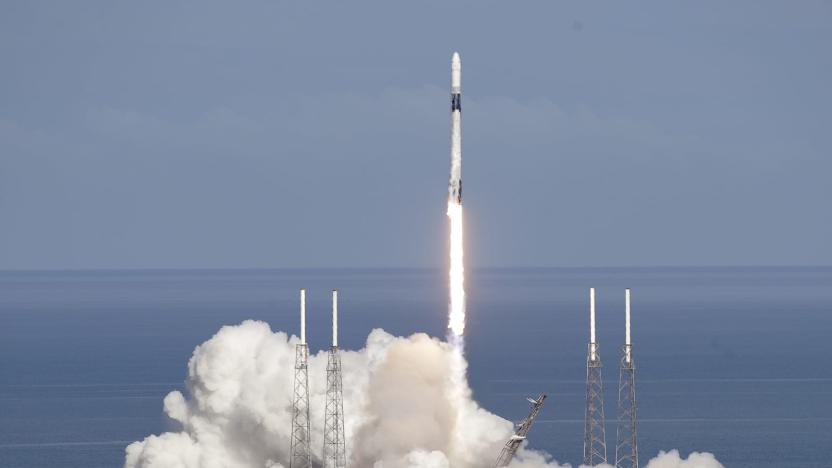
SpaceX 'rideshare' program launches satellites for just $2.5 million
For space tech startups and other small companies doing research, one of the biggest hurdles is actually getting to space. SpaceX is looking to change that. Today, it announced a SmallSat Rideshare Program, which will allow small satellite operators to book a spot on regularly scheduled Falcon 9 launches.
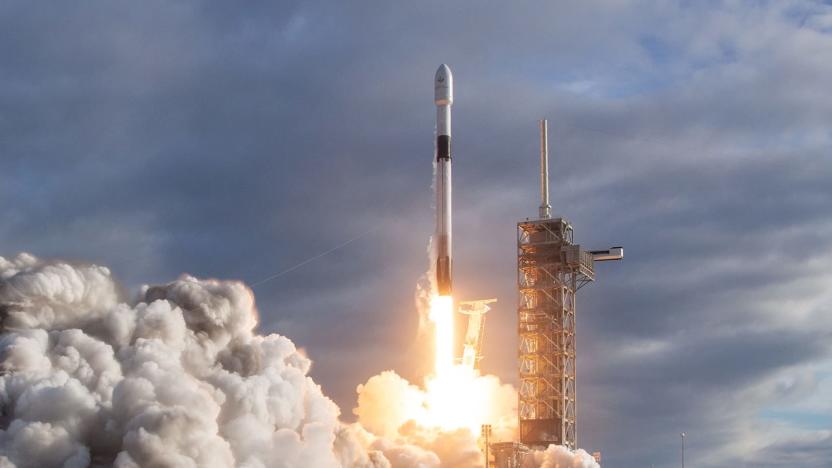
Watch SpaceX launch a twice-used rocket (update: postponed)
SpaceX is no stranger to reusing rockets at this point, but no Falcon 9 has flown more than twice... well, until now. The private spaceflight firm is launching the Spaceflight SSO-A: SmallSat Express mission on December 2nd at 1:31PM Eastern with a rocket that has already completed two launches (and, of course, returns) in 2018. This time, though, it's launching from Vandenberg Air Force Base in California instead of from the East coast, like it did in May and August.

White House initiative pushes for more tiny satellites
Miniature satellites are increasingly a big deal, and for good reasons: they're not only less expensive and easier to deploy than the giant satellites of old, but can cover wider areas. And the White House wants to give them a helping hand. It's launching an initiative that will foster small satellites with the resources they need to flourish. To start, NASA is not only proposing as much as $30 million toward purchasing data from these tiny vessels, but creating a Small Spacecraft Virtual Institute that will offer know-how to organizations. A more direct effort has the National Geospatial-Intelligence Agency awarding Planet a $20 million contract for a fleet of small satellites that can capture images of "at least" 85 percent of the planet every 15 days.

Nexus One blasts off to 28,000 feet, looks slightly worse for wear (video)
Your average satellite these days is roughly on par in terms of size with your average living room, give or take, and so naturally the cost of lofting one into orbit is, if you'll pardon the phrase, sky high. Despite that, many offer less processing power a mobile processor like Snapdragon. The obvious solution? Chuck a smartphone into orbit and revel in the savings. That's the idea behind the PhoneSat, helped along by the Mavericks Civilian Space Foundation, which strapped a Nexus One into a rocket with 1,000lbs of thrust and threw it up to 28,000 feet to see how it copes with the immense stress of riding into space. Of course, 28,000 feet isn't quite space (NASA would have run out of astronaut badges long ago), but the G-forces and temperature cycles felt during this short trip are comparable to a one-way voyage to orbit. The first such launch didn't go so well, with the rocket suffering a ballistic return -- coming in like a projectile without a 'chute. The shattered remains of that are shown above. But, the second flight was rather more successful, and the video results can be seen below -- captured by the phone itself. Update: Matt Reyes, one of the folks behind the launch, wrote in to let us know of another article here on the project, including more details on the history of the team and the various hardware beyond the N1 payload. Matt, along with project members Chris Boshuizen and Will Marshall, are NASA engineers, helped by Ryan Hickman at Google, which probably helps to explain how they were able to get from the photo above to the successful launch below in just one iteration. [Photo credit: Steve Jurvetson]



